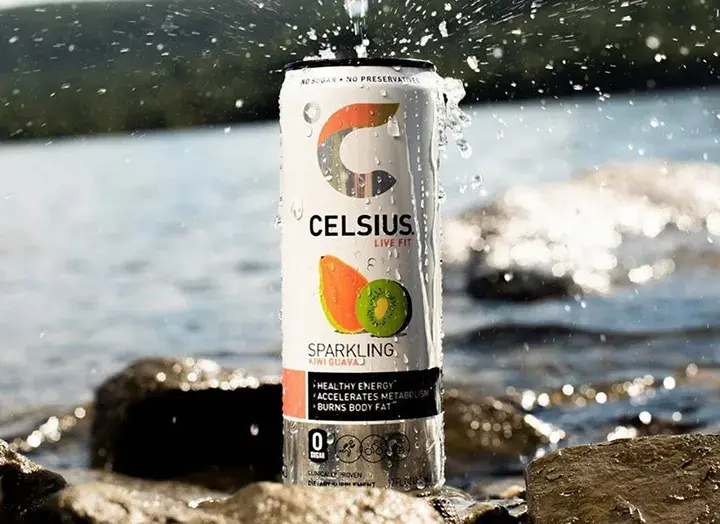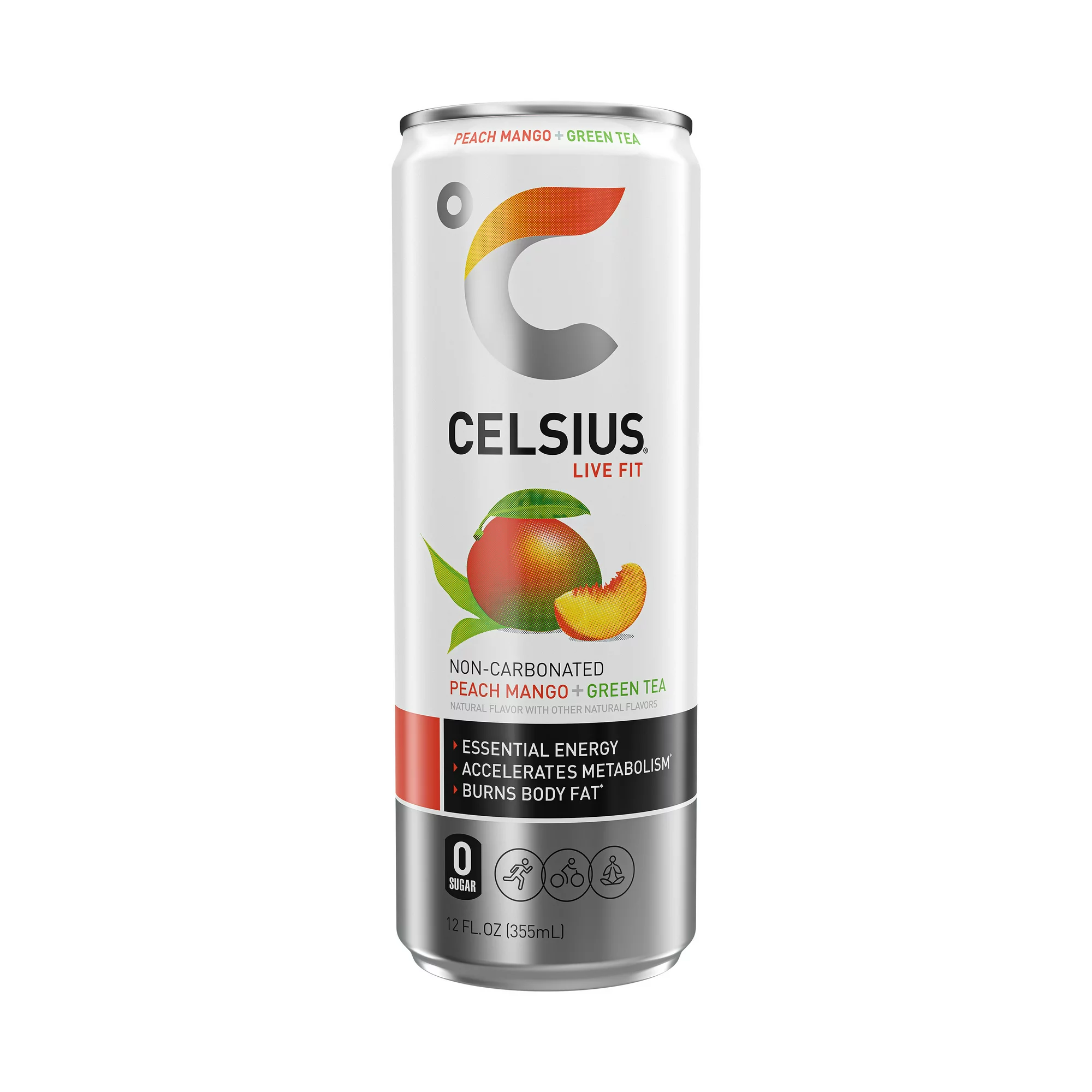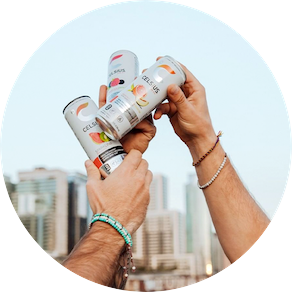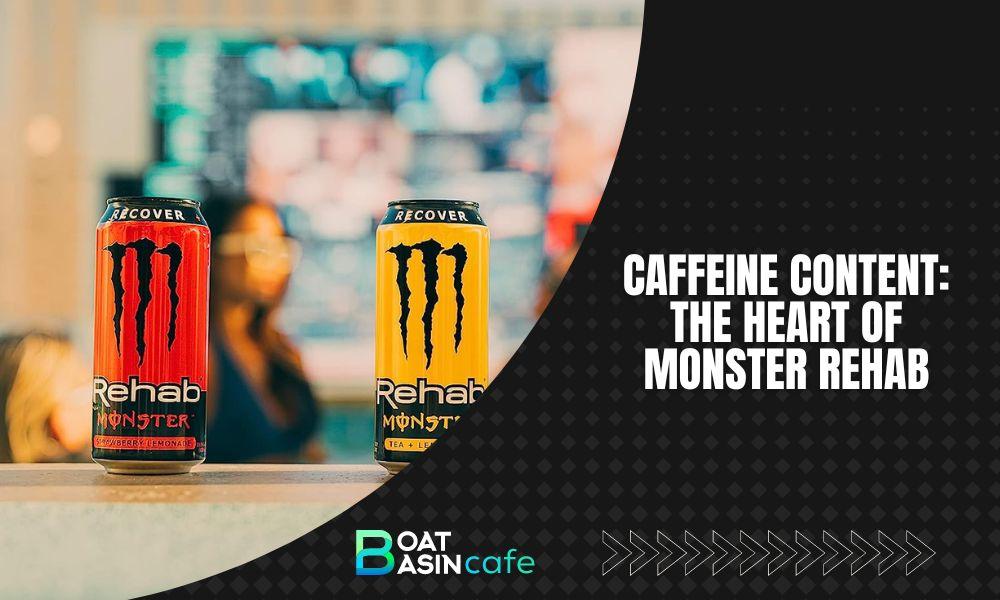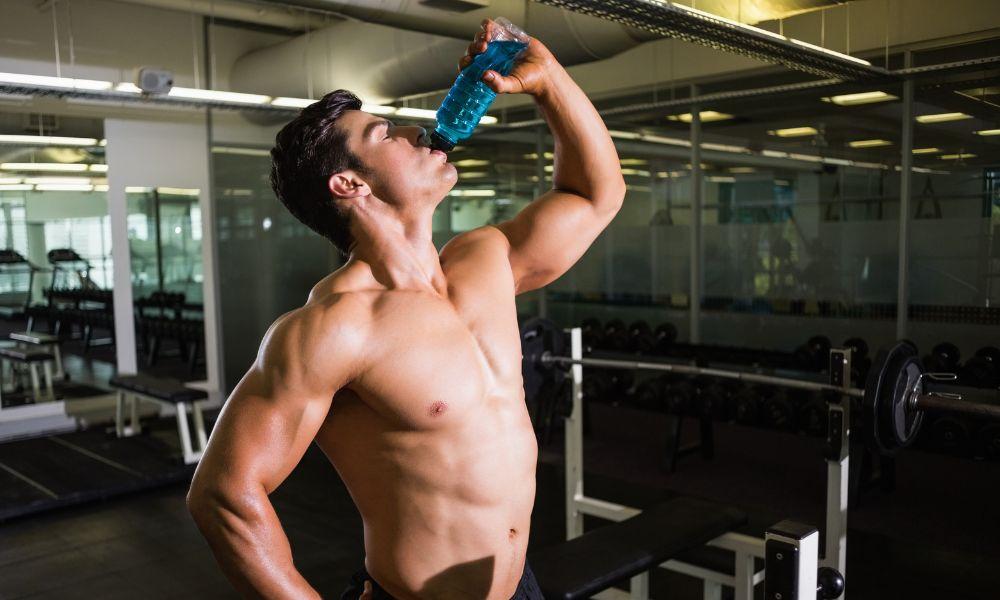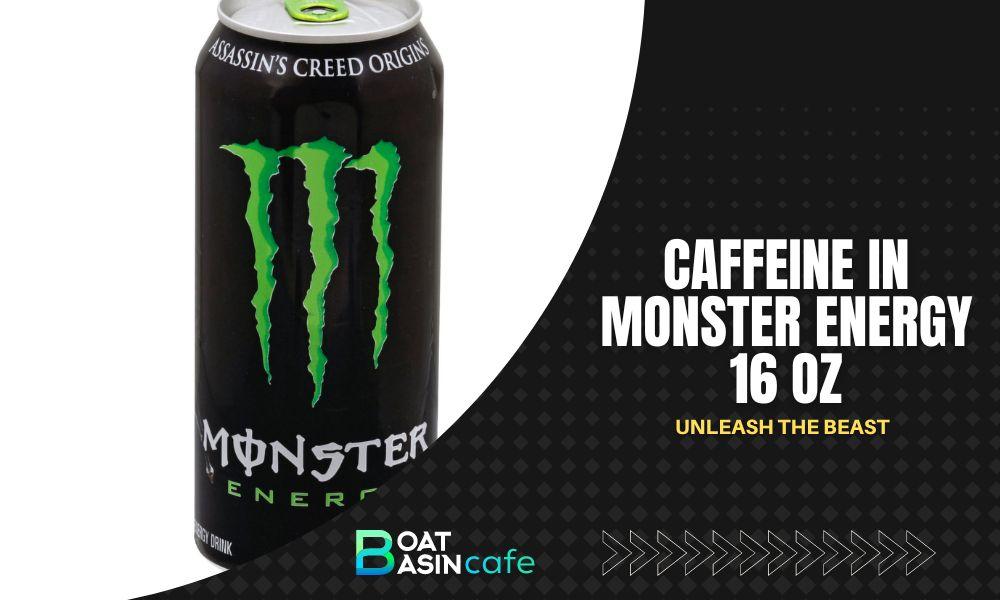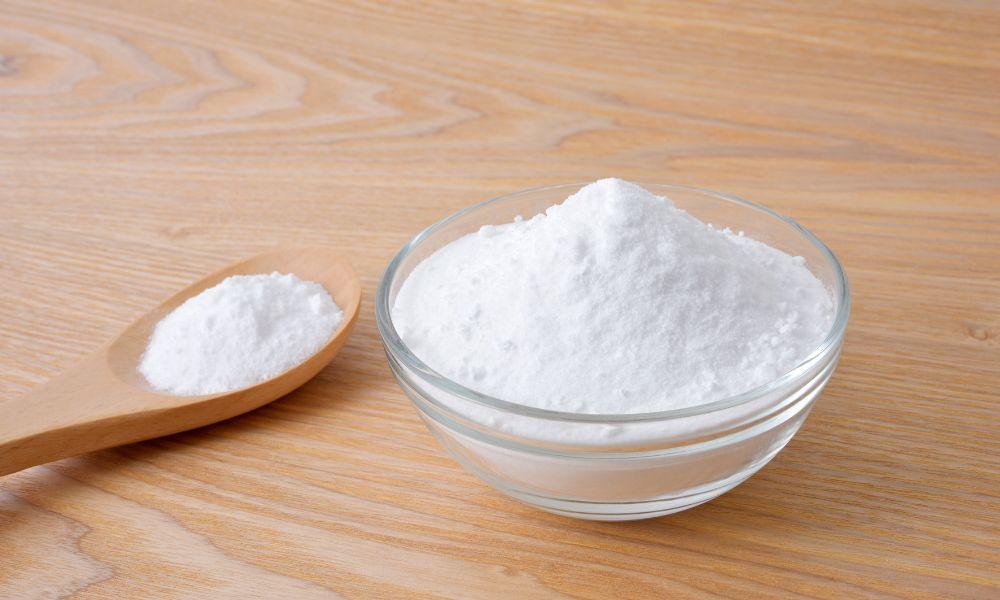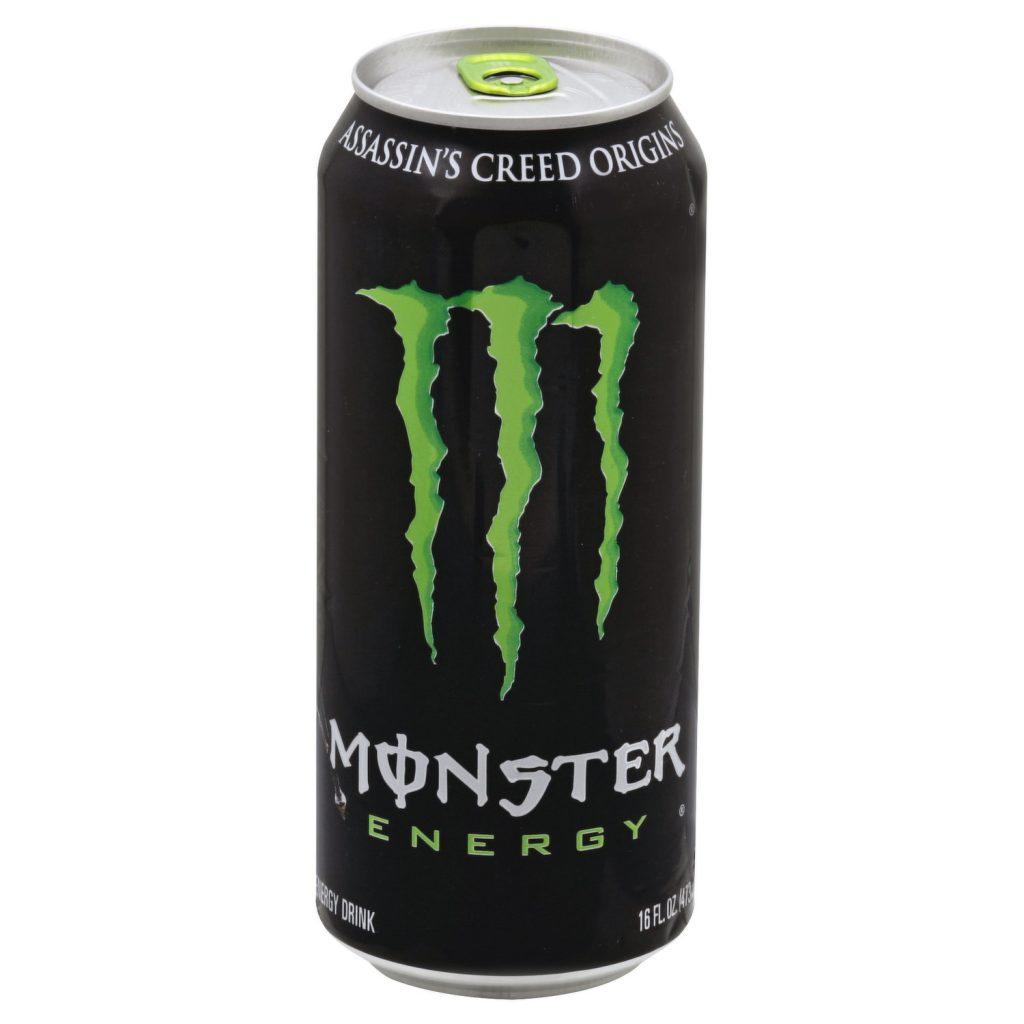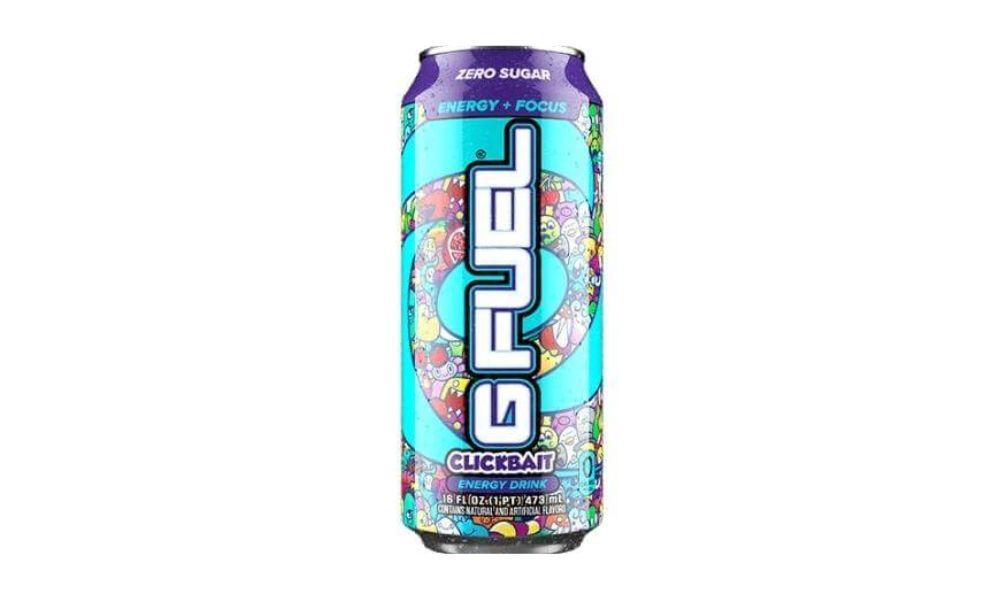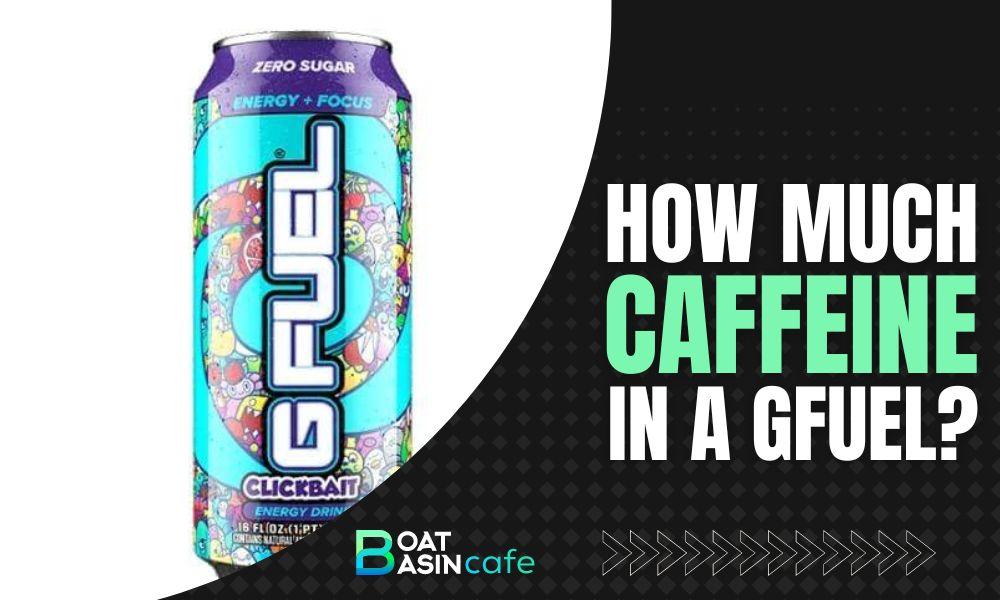As an energy drink aficionado, you might have reached for a bottle of Redline on those days when you needed an extra boost. Perhaps it’s the morning rush hour, those grueling gym sessions, or simply surviving through a long workday. But have you ever paused to ponder the mojo behind Redline’s energy-boosting potential? In the interest of full transparency, today we’re diving deep into a comprehensive analysis of Redline caffeine mg, its impact, safety parameters, and optimal dosage.
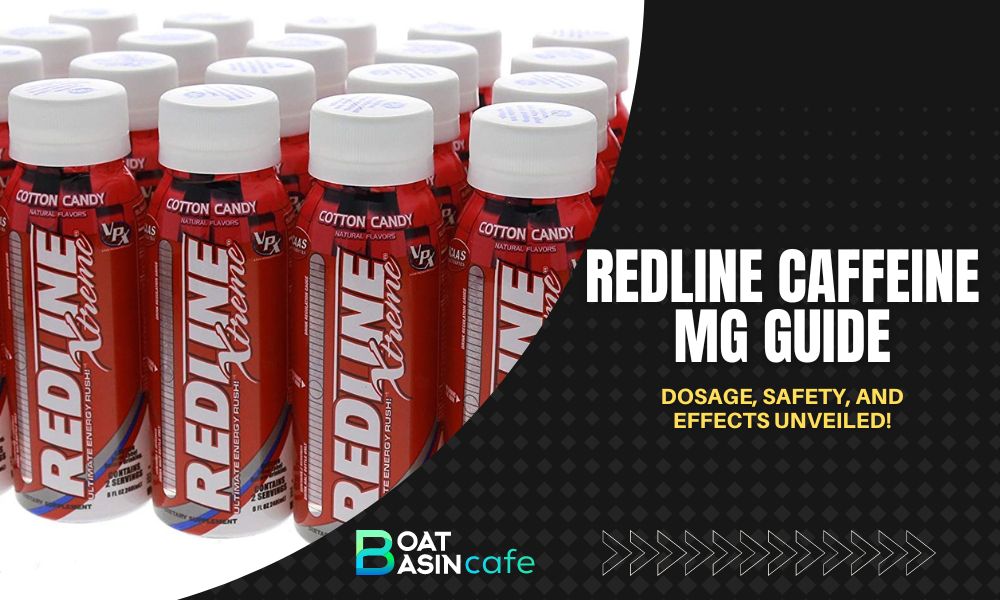
What is Redline?
Redline, a brainchild of VPX Sports, is a popular energy drink that made its way into the market back in 1995. Its inception was driven by a simple yet powerful vision – to supercharge the body with energy and vigor and elevate athletic performance. With its unique concoction of vitamins, amino acids, and of course, caffeine, Redline has managed to carve its niche as an energy powerhouse among fitness enthusiasts and professionals alike.
Understanding Caffeine: A Quick Primer
If you’re unsure about what exactly caffeine does to your body, you’re certainly not alone. To simplify, caffeine is a natural stimulant that works its magic by blocking the action of a neurotransmitter called adenosine, which generally promotes sleep and suppresses arousal. With adenosine out of the equation, the body is kept on high alert, ready to take on the world!
Caffeine is not just relegated to energy drinks and coffee, it’s found in an array of consumables, from your favorite chocolate bar to that soothing cup of green tea. However, to harness its benefits while keeping the drawbacks at bay, it’s crucial to monitor its consumption.
Caffeine Content in Redline
| Energy Drink | Caffeine Content |
|---|---|
| Redline | 250-316mg |
| Monster Energy | 160mg |
| Average Coffee | 95mg |
Now let’s get to the heart of the matter – how much caffeine pops in a bottle of Redline? A classic 8oz bottle of Redline boasts about 250mg – 316mg of caffeine. This is the equivalent of approximately 3-4 cups of coffee! Yes, you read that right. And when coupled with other energy-releasing ingredients, these numbers emphasize Redline’s presence in the higher end of the caffeine spectrum among energy drinks.
Why is Knowing the Caffeine Amount Important?
Are you wondering what’s the big deal about the caffeine content in Redline and other energy drinks considering their primary purpose is to give you a kick of energy? Well, like any good thing, even caffeine, when taken in excess, can lead to problems. The symptoms of a caffeine overdose can range from mild jitters to more severe conditions like insomnia, increased heart rate, and high blood pressure.
On the other hand, moderate and controlled caffeine consumption has a plethora of benefits. Caffeine is known to enhance focus, bolster athletic performance, expedite fat burning, and even brighten your mood. Thus, knowing your drink’s caffeine dosage can aid in harnessing these benefits while warding off any potential side effects.
Dosage Recommendations
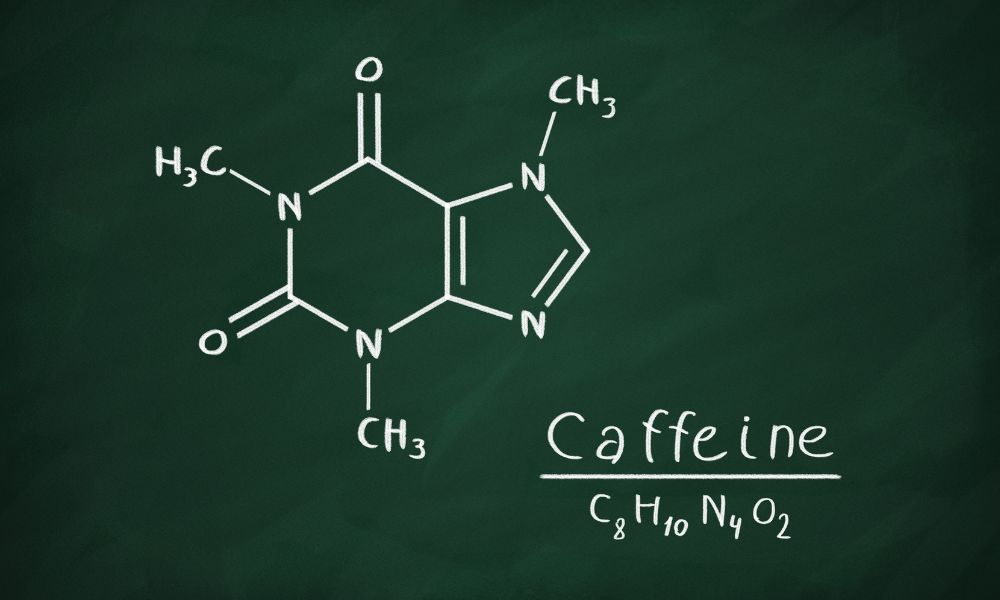
Safe caffeine intake differs from person to person, based on factors like age, weight, overall health, and even individual caffeine sensitivity. However, a general recommendation for adults is to not exceed 400mg of caffeine per day.
Working with John Bird, an ex-bartender at the Boat Basin Cafe, Downtown NY, he shared a typical scene – “Fitness junkies would drop by after their early morning workout, gulping down Redline as their post-workout kick. Some would even mix Redline with their protein shakes, aiming for that extra caffeine punch for their muscles. The café was a stone’s throw from the gym, so it was a given pit-stop.” He added, “As much as they loved their Redline, I’d always remind them about the caffeine content and not to go overboard.”
Heed John Bird’s advice. Stick to 1 bottle of Redline per day if you’re a healthy adult, and always remember to hydrate properly due to the diuretic effects of caffeine.
Effects of Redline’s Caffeine on the Body
My initial experience with Redline was certainly one to remember. It was during a super demanding shift at the café, and I couldn’t perform at my best. To get through the day, I decided to try Redline. Within a short period, I felt like a supercharged version of myself: alert, energetic, and laser-focused. Beyond the immediate effects, I noted Redline ahead of coffee and tea in delivering consistent energy throughout the day.
However, it’s not all roses — I also experienced a caffeine crash towards the end of the day, which unfortunately disrupted my sleep that night, confirming one of the more common effects of high caffeine intake such as insomnia.
Consumer Testimonials
Intrigued by the apparent contrast of my experience, I decided to reach out to our customers, most of whom were regular Redline drinkers. Bethany, a personal trainer and mother of two, lauded Redline for its unwavering energy push that helps juggle her personal tasks post exhausting workout sessions. In contrast, Alex, a freelance writer, complained about occasional jitters, especially if he skipped meals while on his Redline regime.
It’s clear that while Redline delivers on its promise of infusing energy, how consumers measure its caffeine impact vs. other beverages and handle its aftermath differs largely based on individual responses.
Warnings and Side Effects
Not all reactions to caffeine are created equal. Some of us can toss back a shot of espresso at midnight and still fall asleep, while others might find themselves wide awake if they so much as sniff their friend’s cappuccino. Therefore, it’s crucial to limit your caffeine intake and monitor your body’s response, especially if you’re new to Redline energy drink.
Some basic side effects include restlessness, upset stomach, rapid heartbeat, and nervousness. However, if you ingest an exorbitant amount of caffeine, you may experience more serious symptoms, such as chest pain, convulsions, confusion, or even hallucinations. Remember, your health is paramount, and while a caffeine boost may be beneficial, it should never come at the expense of your well-being.
Alternative Energy Boosters
If all this talk about caffeine has left you jittery, fret not. There are many alternatives that could work just as well. You can choose from other energy drinks like Monster Energy, with a lower caffeine dosage of 160mg per can, or opt for natural solutions. Protein-packed snacks, fruit smoothies, or even simply staying well-hydrated could offer similar energy-boosting benefits.
The Science Behind Caffeine Absorption
Did you know that caffeine starts to kick in within mere 10 minutes of consumption, peaking in your bloodstream within 30-60 minutes? Factors affecting its absorption rate include your weight, age, gender, and even whether you are a smoker or pregnant.
Athletic Performance and Redline
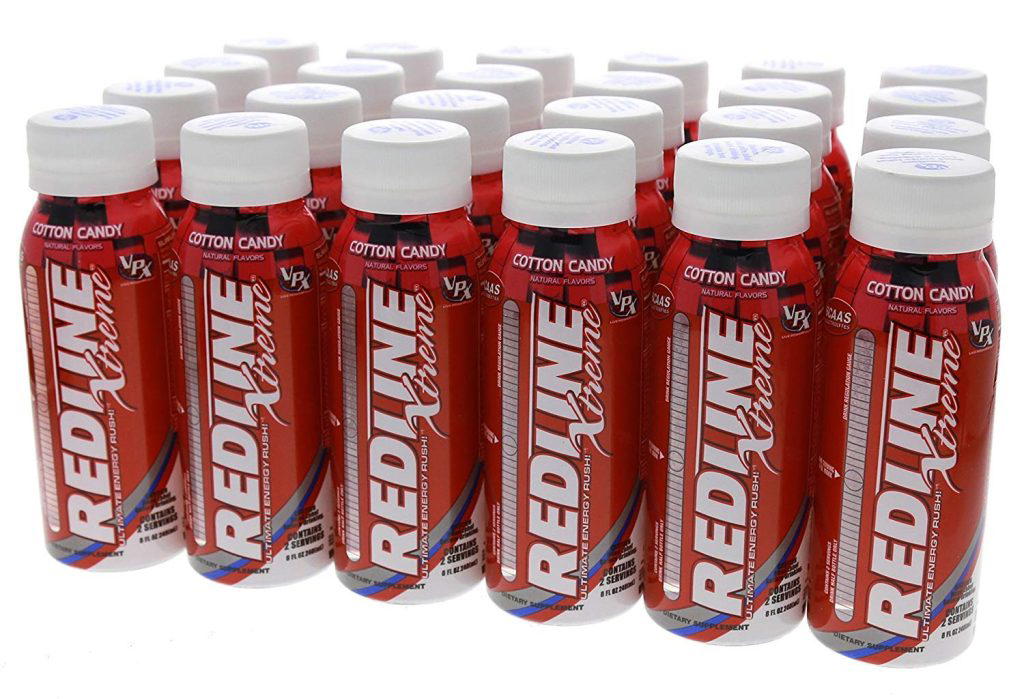
One of the features Redline prides itself on is its effectiveness in enhancing athletic performance. Compelling research evidence suggests that caffeine, Redline’s primary active ingredient, is one of the most potent ergogenic aids, i.e., substances known to significantly boost performance during intense workout sessions. Nevertheless, remember the golden rule — moderation is key!
Redline and Weight Loss
Paired with regular workouts and a healthy diet, the caffeine from Redline can aid in weight loss. Its thermogenic properties can boost metabolism, fast-tracking the burning of calories and fat. However, it’s worth noting that you should not rely on Redline as a magic solution for weight loss; it’s a supplement, not a substitute for regular healthy habits.
Myths About Redline and Caffeine
A pervasive myth is that Redline, or caffeine in general, would lead to dehydration due to its diuretic effect. While true that caffeine can lead to water loss, moderate consumption won’t cause dehydration. Another misconception is that caffeine helps in sobering up. In reality, it doesn’t decrease your blood alcohol level but masks alcohol’s sedative effects, often leading to the wrong perception of being sober.
Caffeine Interactions with Other Substances
If you’re on any medication, it is essential to know how Redline’s caffeine might interact with it. For instance, certain antibiotics can interfere with your body’s ability to eliminate caffeine, leading to a higher exposure to its effects. Always check with your doctor before mixing Redline or any other high-caffeine product with medications.
Caffeine Tolerance: Building and Reducing
Similar to any drug, the body can become accustomed to caffeine with regular intake, reducing its effects over time. If you find yourself needing more Redline to get the same energy boost, it may be time to consider a caffeine detox. Cutting back slowly can help manage withdrawal symptoms and reset your caffeine tolerance.
Environmental Impact
As consumers, it’s also our duty to consider the eco-impact of our choices. The aluminum cans of energy drinks, including Redline, do contribute to environmental waste. Opting for recyclable containers or consuming these drinks in moderation can reduce harm to the environment.
Legal and Regulatory Aspects
Given its higher caffeine content, Redline is banned or restricted in some areas. For instance, in Canada, energy shots like Redline are considered natural health products and are regulated accordingly. As consumers, we should remain informed and ensure legality and safety in our consumption.
FAQs
How much caffeine is in Redline energy drinks?
A standard 8 oz. bottle contains anywhere from 250mg – 316mg of caffeine.
What are the potential side effects of consuming high caffeine doses?
Overconsumption of caffeine can lead to insomnia, jitters, increased heart rate, and blood pressure.
Is Redline safe for daily consumption?
Yes, but don’t exceed 1 bottle per day and ensure proper hydration.
How does caffeine affect body’s metabolism?
Caffeine boosts the metabolism, leading to faster calorie and fat burn.
Conclusion
Ensuring responsible consumption habits and keeping in mind key details such as Redline caffeine mg, its impact, and safety parameters, can help us use energy drinks beneficially. Drink smart, stay informed, and make the most out of your energy boost with Redline!
References:
